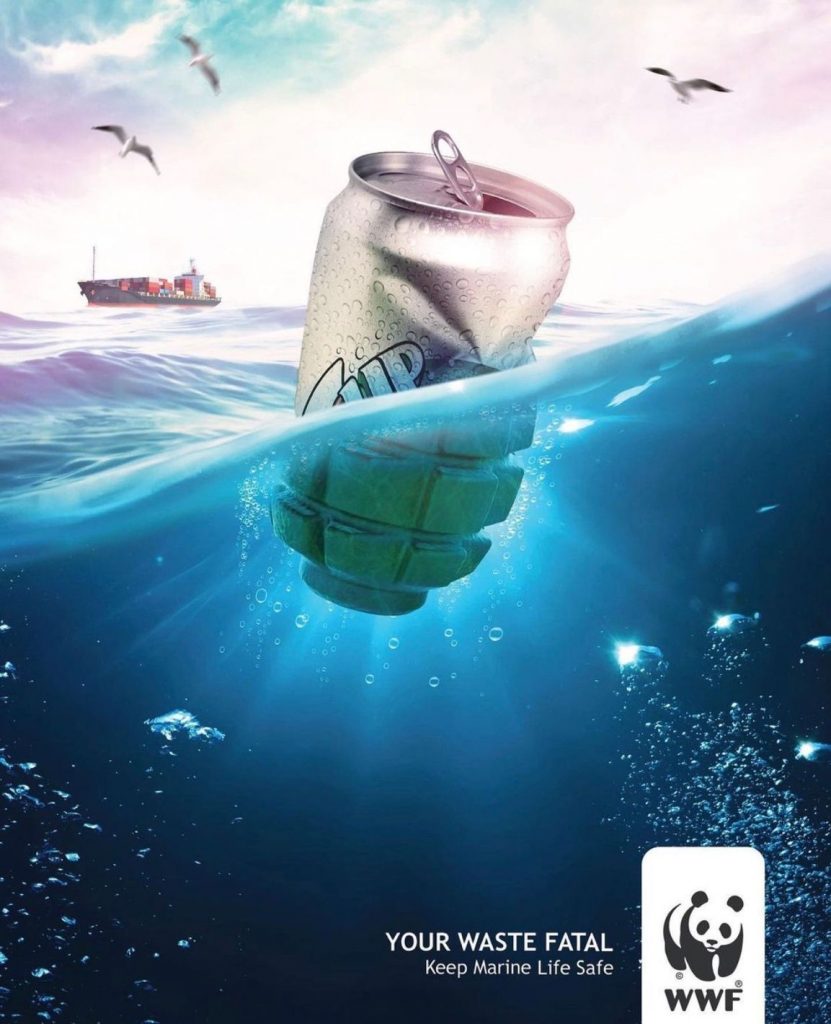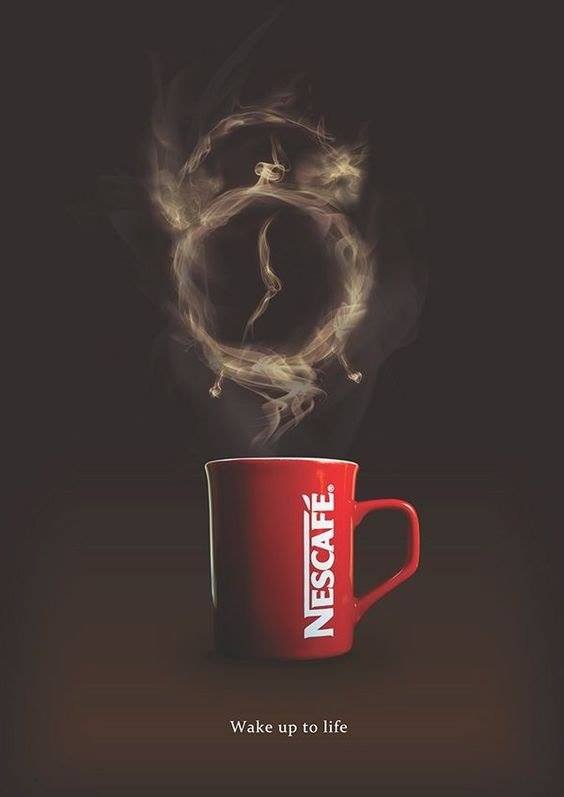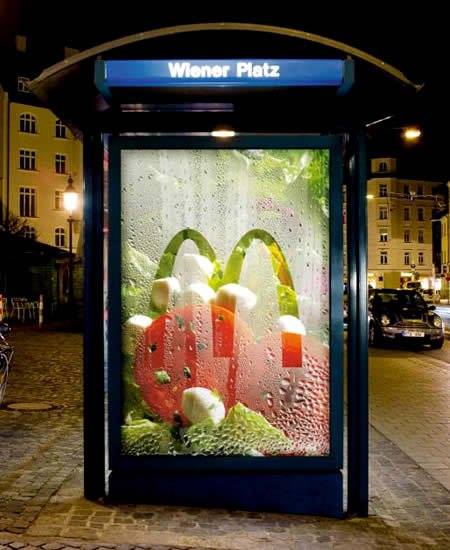Völckner and Hofmann (2007) analyzed 71 studies from 23 publications spanning from 1989 to 2006. The researchers distilled following findings:
- The impact of price on quality perception is significant but has decreased since reported in the late 1980s (Rao and Monroe 1989).
- Price-quality inference is stronger for higher-priced products.
- Price-quality inferences decrease with increasing familiarity with the product.
- Price-quality inference is stronger for fast-moving consumer goods than for services or durable goods.
- Price-quality inference is stronger in European countries than in North American countries.
Excerpt from: The Psychology of Price: How to use price to increase demand, profit and customer satisfaction by Leigh Caldwell









































